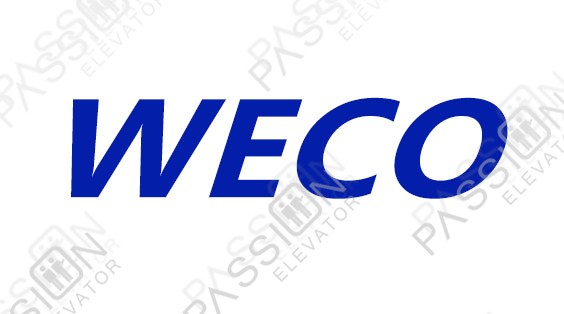What Are the Parts of an Elevator?
Elevators have been around for hundreds of years, but work on a very basic principle. Although the basics of elevator engineering has not changed significantly over the decades, small tweaks have been made to make the ride smoother and efficiency has been increased using computer control systems to facilitate quicker transport.
Elevator Car and Shaft
The elevator car holds people and objects for transport and is encased in the elevator shaft. Elevator cars can be of various sizes have at least one door and are pulled up and down using a motor or a hydraulic system. Motorized elevators are the most common and offer the best value for building construction. Elevator shafts also contain guide tracks for the elevator itself as well as the counterweight, both of which help reduce strain on the elevator motor.
The Sheave and Motor
Motorized elevators are raised and lowered using steel ropes that are attached to the elevator car as well as a counterweight. The counter simulates the weight of the elevator car at 40 percent capacity in order to help reduce the overall strain on the motor. The sheave is simply a pulley that has groves and moves the rope to lift and lower the elevator. The motor moves the sheave in the direction that the elevator needs to go in to move passengers up and down.
Control Unit
The control unit is housed with both the motor and the sheave in the control room, usually located above the elevator shaft. It receives the signal from each floor's controls and translates that to movements for the motor, either up or down. When the elevator car reaches its destination, the control receives a signal to stop the elevator car to allow passengers to enter or exit. The control unit also has a computer built-in to monitor travel patterns and specific instructions that are programmed into it for rest locations and signal priorities.
Counterweight and Guide Rails
The counterweight is used to reduce strain on the motor as it creates constant energy that can be used to lift or lower the elevator car similar to the action of a children's seesaw. The motor uses the counterweight or the elevator car to propel the elevator car in either direction. The guide rails are in place for both the elevator car and counterweight to keep them from swaying --- thereby creating a smooth elevator ride in either direction.











































